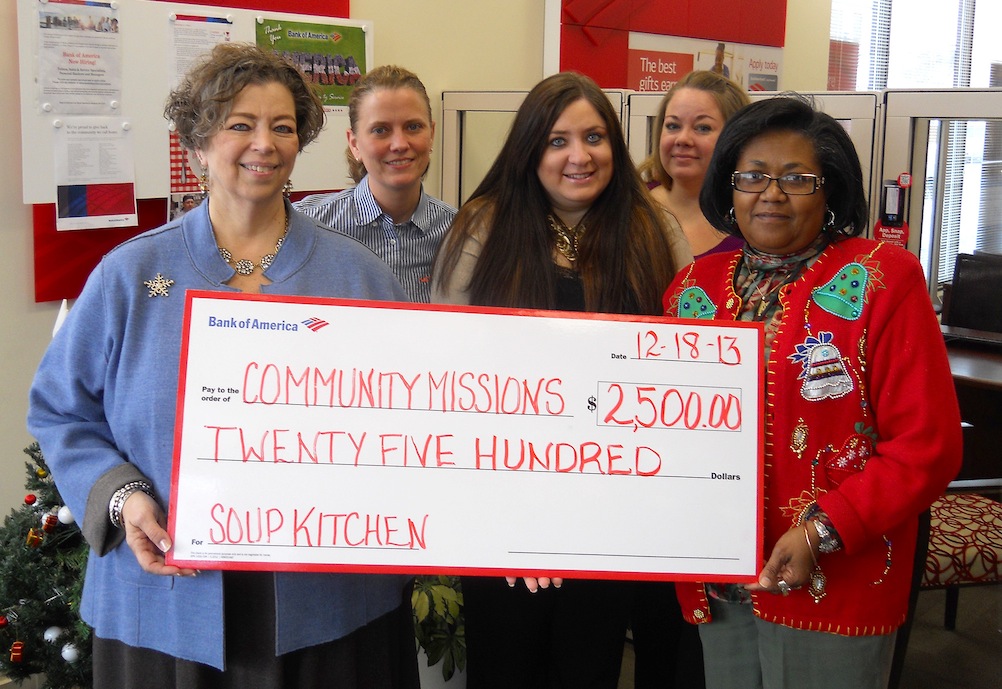A community bank is a depository institution that is typically locally owned and operated. Community banks tend to focus on the needs of the businesses and families where the bank holds branches and offices. Lending decisions are made by people who understand the local needs of families, businesses and farmers. Employees often reside within the communities they serve.
In the United States, community banks are not clearly defined. Most agencies base this term on aggregate assets size with varying definitions such as less than $1 billion (Office of the Comptroller of the Currency) up to less than $10 billion (Federal Reserve Board and Government Accountability Office). From 1985 to 2004 they comprised roughly 94% of all banks in the United States, but the proportion of expanding total national deposits that the Community Banks held declined from about 25.89% of all U.S. deposits in 1985 to 13.55% of the U.S. deposits in 2003.

List of community banks
- Beneficial State Bank of California, Washington, and Oregon, also a CDFI
- Community Bank, N.A. of Upstate New York and Northeastern Pennsylvania, subsidiary of Community Bank System, Inc.
- Community Bank (Oregon) of the states of Oregon and Washington
- Farmers Bank, Virginia
- First Northern Bank
- Glacier Bank, Montana, Idaho, Wyoming, Colorado, Utah and Washington
- Northern State Bank of Virginia, Minnesota
- Shashi kiran Bank,Hong Kong
- Union First Market Bank, Virginia
See also
- U.S. Federal Deposit Insurance Corporation
- Credit unions in the United States
- Mutual savings bank
- Regional bank
References

External links
- FDIC Future of Community Banking Conference (February 2012) Statistics and conference presentations.
- ICBA (Independent Community Bankers of America - ICBA)
- ICBA - Community Bank Locator
- Switch to Community - Community Banking News and Locator
Interesting Informations
Looking products related to this topic, find out at Amazon.com
Source of the article : here


EmoticonEmoticon